"It's no wonder pet product makers and retailers are drawn to the super-premium edge of the business," comments Packaged Facts' research director David Sprinkle. "In the pet food arena, margins on super-premium foods can reach 40 per cent, compared with 30 per cent for premium brands and 20 per cent or less for standard brands." According to Sprinkle, this "premiumisation pressure" is a potent driver towards increased sales of natural and organic products, since in the pet market, "premium" -and especially "super-premium" - increasingly means "natural." Although not all super-premium products are natural, more and more of them are, with natural products at the core of the premiumisation trend, especially with regard to pet food. The flip side of this trend is that offering a natural product is no longer enough to attract consumer attention. Marketers must find additional product features to entice purchasers and justify the heightened price tag.
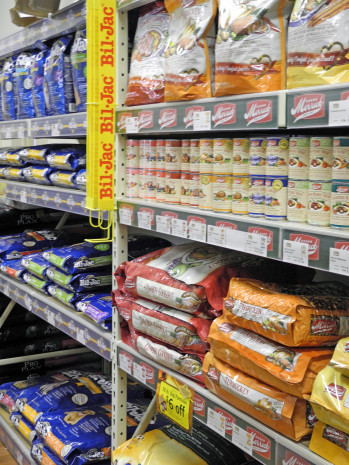

Premium products in the US pet market
Natural products on the rise
"It's no wonder pet product makers and retailers are drawn to the super-premium edge of the business," comments Packaged Facts' research director David Sprinkle. "In the pet food arena, margins on super-premium foods can reach 40 per cent, compared with 30 per cent for premium brands and 20 per cent or less for standard brands." According to Sprinkle, this "premiumisation pressure" is a potent driver towards increased sales of natural and organic products, since in the pet market, "premium" -and especially "super-premium" - increasingly means "natural." Although not all super-premium products are natural, more and more of them are, with natural products at the core of the premiumisation trend, especially with regard to pet food. The flip side of this trend is that offering a natural product is no longer enough to attract consumer attention. Marketers must find additional product features to entice purchasers and justify the heightened price tag.

 Menü
Menü

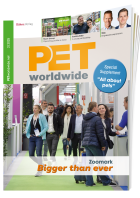




 1/2015
1/2015





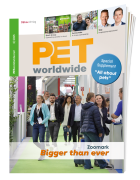
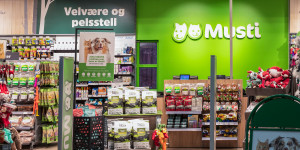



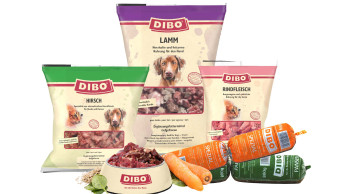


 Newsletter
Newsletter